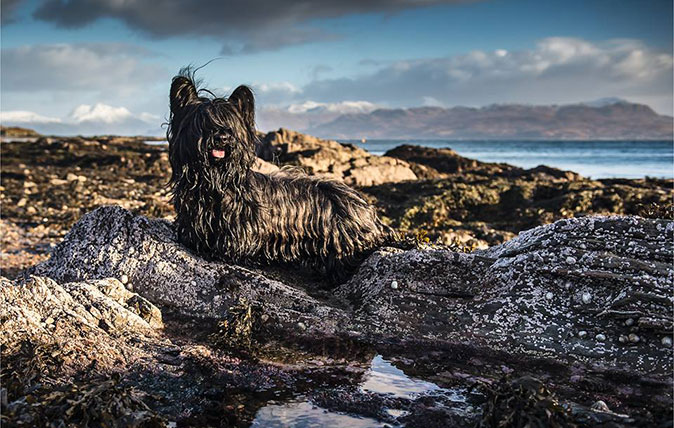
I’m having my portrait painted. I can give you several excellent objective reasons for this. A painting of my wife executed some years ago seems lonely without a pair to it, we agree; her words, not mine. Other generations of our family hang around the walls of our home, including our children, leaving a paternal question mark of sorts for the future and a sense of the incomplete.
It becomes daily more apparent that, if I don’t take the plunge soon, the only colour on the artist’s palate will be grey, all 50 shades of it, not only for hair, but for skin tone as well. It will have to be a grisaille, malgré tout. In addition, Covid-19 has provided a perfect lacuna of time and space for such a venture.
Enough of this nonsense, I hear you say. The truth is, slice it how you will, commissioning a portrait of yourself is little more than a vainglorious act of self-love; yours is no exception, no matter how many justifications you concoct. You’re right — if I looked like the Elephant Man, I probably wouldn’t have bothered.
"Once, they were loved. Now, they are an anonymous decoration"
A family portrait makes an attempt to cheat time, not in the sense of Dorian Gray, but of an afterlife. Ever since the ancient Egyptians painted portrait masks on mummies so the souls of the dead could recognise the bodies they returned to by night, humanity has been rendered in its own image to outdistance death.
While the subject lives, it serves the living as a memento mori, a preparation for the day when that person will cease to be. After death, it may comfort those who remain. To generations yet unborn, true talent will reveal a sense of what sort of person their forebear was, but only so long as their family line continues, or their circumstances or taste allow the picture wall space.
Every year, the vicissitudes of family fortune fill the salerooms with sad ranks of homeless, nameless portraits. The dead are orphaned. ‘Portrait of a lady’ reads the catalogue, a gentleman, an officer, a child.
Once, they were loved. Now, they are an anonymous decoration destined for some stranger’s wall or hotel lobby. Then, only the fame of the artist can ensure immortality.
Exquisite houses, the beauty of Nature, and how to get the most from your life, straight to your inbox.
"The sun is the enemy. Eugenie needs diffused, not direct light"
I have had plenty of time to reflect on this as I stand, my feet confined by chalk outlines on the floor like a murder victim, my gaze fixated on a fuse box on the wall opposite. We have done about 16 hours so far, under a wooden shed beneath a plastic corrugated roof light in a cold Highland spring. Our Russian friend and neighbour, Eugenie Vronskaya, is the artist. She motions her brush at me if my head moves a fraction out of place. You only truly realise how much conversation animates your body when you try to conduct it while remaining perfectly still. We have resolved that by listening to audiobooks: Vikram Seth’s A Suitable Boy and Rogue Herries by Hugh Walpole.
The sun is the enemy. Eugenie needs diffused, not direct light, so we start early. Walking through her garden to the studio, I see strange marks in the fresh snow. She had been rolling in it naked, she explains, routine for Russians.
I am not allowed to see the work. At the end of each session, she turns my face to the wall. It reminds me of a story about the painter Pietro Annigoni who was pestered by a young lady he disliked to portray her. He agreed on the condition that she could only see the work on completion. When that day came, he revealed to her a painting of a leafless thorn bush. Perhaps I’ll be confronted by the Elephant Man when the canvas turns.

Joe Gibbs: An African Grey can place an order with Alexa — but Glaswegians aren't quite so lucky
Our columnist Joe Gibbs on his struggles to get his smart speaker to do what he wants it to.

Credit: Sarah Farnsworth
A truth that ought to be universally acknowledged: Dogs really are family
Joe Gibbs looks back on his week and despairs of a judge who refused to accept the truth that all